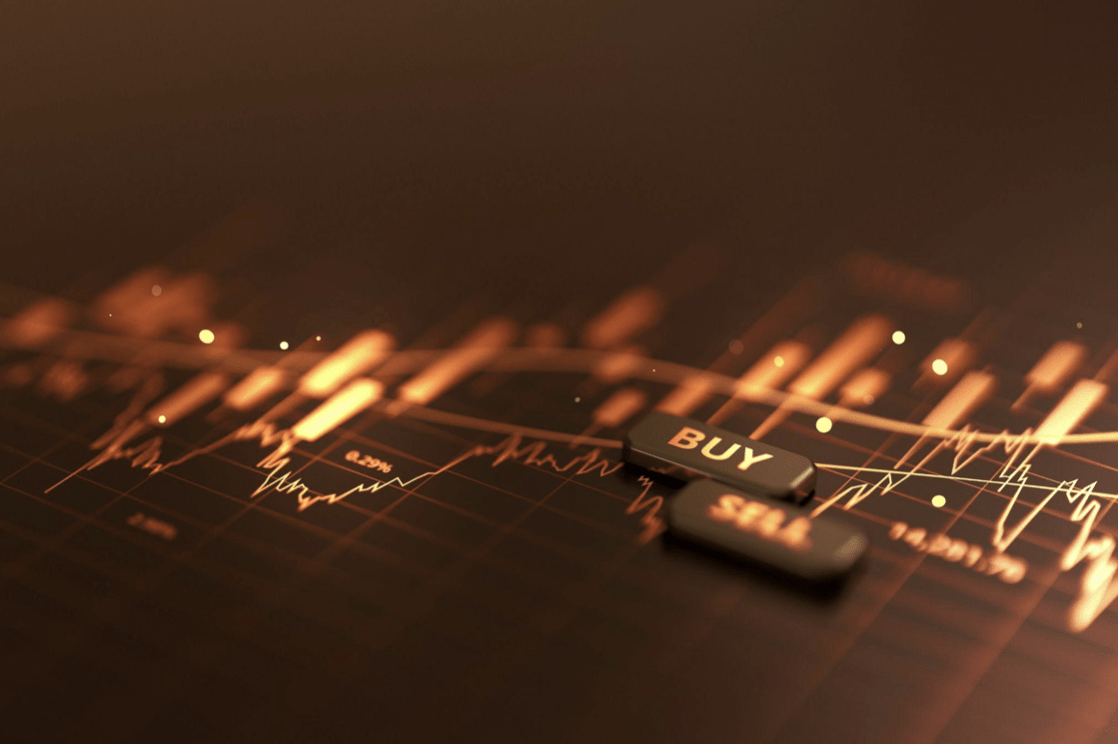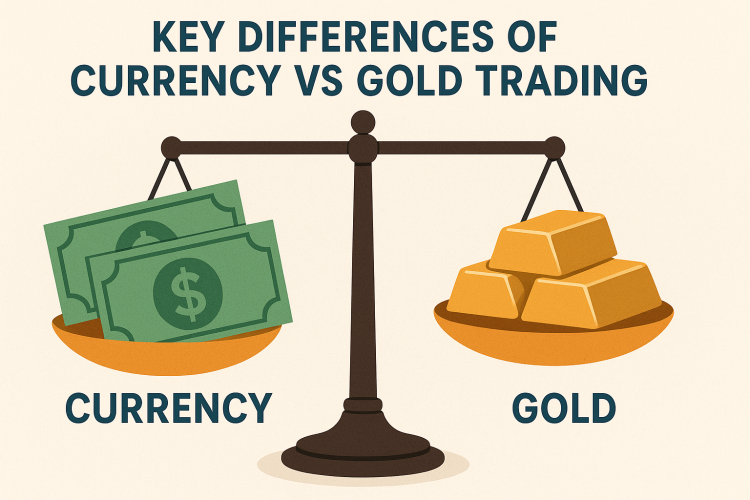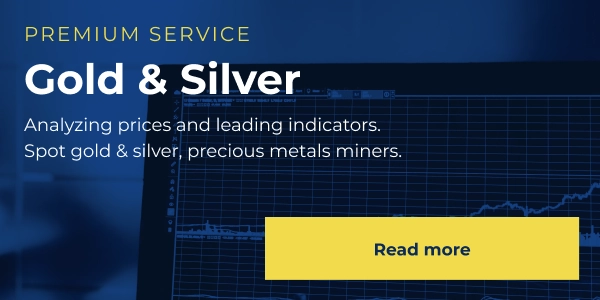While currency and gold trading may appear similar on trading platforms, they represent fundamentally different markets with distinct characteristics. Understanding these key differences—from market structure and volatility to costs and risk profiles—is essential for developing effective trading strategies in either asset class.
1. Market Structure and Purpose
Currency and gold are both actively traded, but they belong to structurally different markets. Currency trading, or forex, is centered around the relative strength between two national currencies. For example, EUR/USD or USD/JPY represent bets on how two economies perform against each other, often in the short term. Traders typically focus on rate expectations, GDP data, or employment figures.
Gold, in contrast, is a single asset with no underlying economy. It is not a yield-generating instrument. It is bought and sold based on its perceived role as a store of value, not as a reflection of government policy. The two assets may appear side by side in a trading app, but what you’re engaging with is fundamentally different. One is a relative-value market, the other is an absolute-value play.

2. What Moves Gold vs What Moves Currencies
Currencies are constantly shifting based on macroeconomic data, interest rate decisions, and central bank communication. A stronger-than-expected U.S. jobs report can lift the dollar, while a dovish tone from the Bank of England can send the pound tumbling. These moves happen fast—sometimes within minutes of a press release.
Gold doesn’t react to economic data the same way. It tends to respond when confidence in monetary systems starts to crack—during inflation surges, banking instability, or major geopolitical events. Gold is also influenced by real interest rates. When inflation rises faster than nominal yields and real rates fall, gold often rallies.
3. Volatility and Risk Management
Currency pairs typically move in tighter ranges than gold. On a normal day, a major pair like EUR/USD might swing 50 to 100 pips. Gold, by comparison, can move $20 to $40 in a single session and more on key inflation data. This volatility creates bigger opportunities but comes with higher risk.
The different volatility profiles also influence how leverage is offered. Brokers might allow 30:1 leverage on major currency pairs, while capping gold trades at 10:1 or less. This has real implications for position sizing and margin requirements—two factors that can catch new traders off guard.

4. Trading Hours, Liquidity, and Execution
The forex market runs around the clock—24 hours a day, five days a week—with deep liquidity across most major pairs.. Orders are filled quickly, spreads are narrow, and slippage is generally low, even during high-impact news releases.
Gold trading is also available 24/7, but liquidity depends on what you’re trading. Futures, spot, and ETFs all behave differently. Gold futures trade mainly on COMEX with strong liquidity, but bid/ask spreads can widen during off-hours. If you’re trading large positions or doing short-term scalping, currency markets give you more consistent execution conditions.
5. Cost of Trading
Forex traders primarily pay through the spread, which is the difference between bid and ask prices. Many platforms offer commission-free trading with ultra-tight spreads, especially on major pairs. Financing costs can arise if positions are held overnight, but these are often predictable.
Gold trading involves additional layers. Futures contracts come with exchange fees, spot gold often has wider spreads, and gold ETFs charge management fees that reduce returns over time. Depending on the product, the cost of holding a gold position can be higher than trading forex, particularly for longer-term strategies.
6. Behavior in Uncertain Markets
Gold has a long history of performing well during stress. When markets panic, central banks intervene, or inflation expectations spike, gold often catches a bid. This was evident during the 2008 financial crisis, in early 2020 during pandemic shocks, and again in 2022 and 2023 as inflation came roaring back to developed markets.
Currencies, however, do not always behave predictably during uncertainty. The U.S. dollar often acts as a safe haven, but this isn’t a given. In a regional crisis, investors may rush to the dollar. But in a systemic crisis, that dynamic can reverse. Unlike gold, currency performance in turmoil is more nuanced and tied to which country is affected.

7. Which Market Fits Your Strategy?
If you want to trade short-term macro themes, respond to data releases, or follow central bank narratives, forex gives you the structure, speed, and flexibility you need. It suits active traders who want precision and are comfortable managing leverage.
If your goal is wealth protection, macro positioning, or hedging against policy error, gold may be the better fit. It moves on slower cycles and does not require tracking multiple economies at once. Many investors combine both—currencies for shorter-term trades, and gold as portfolio insurance for when global trust breaks down.





